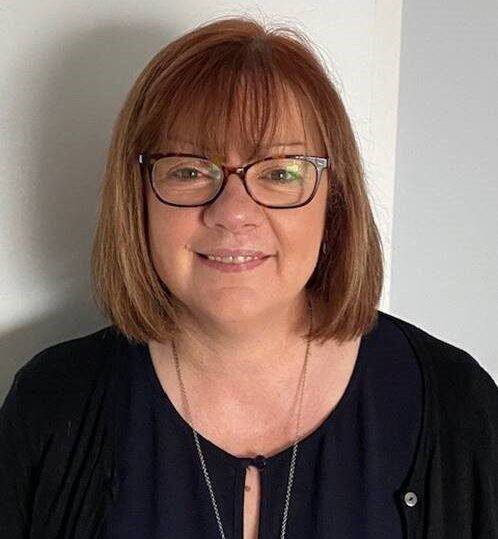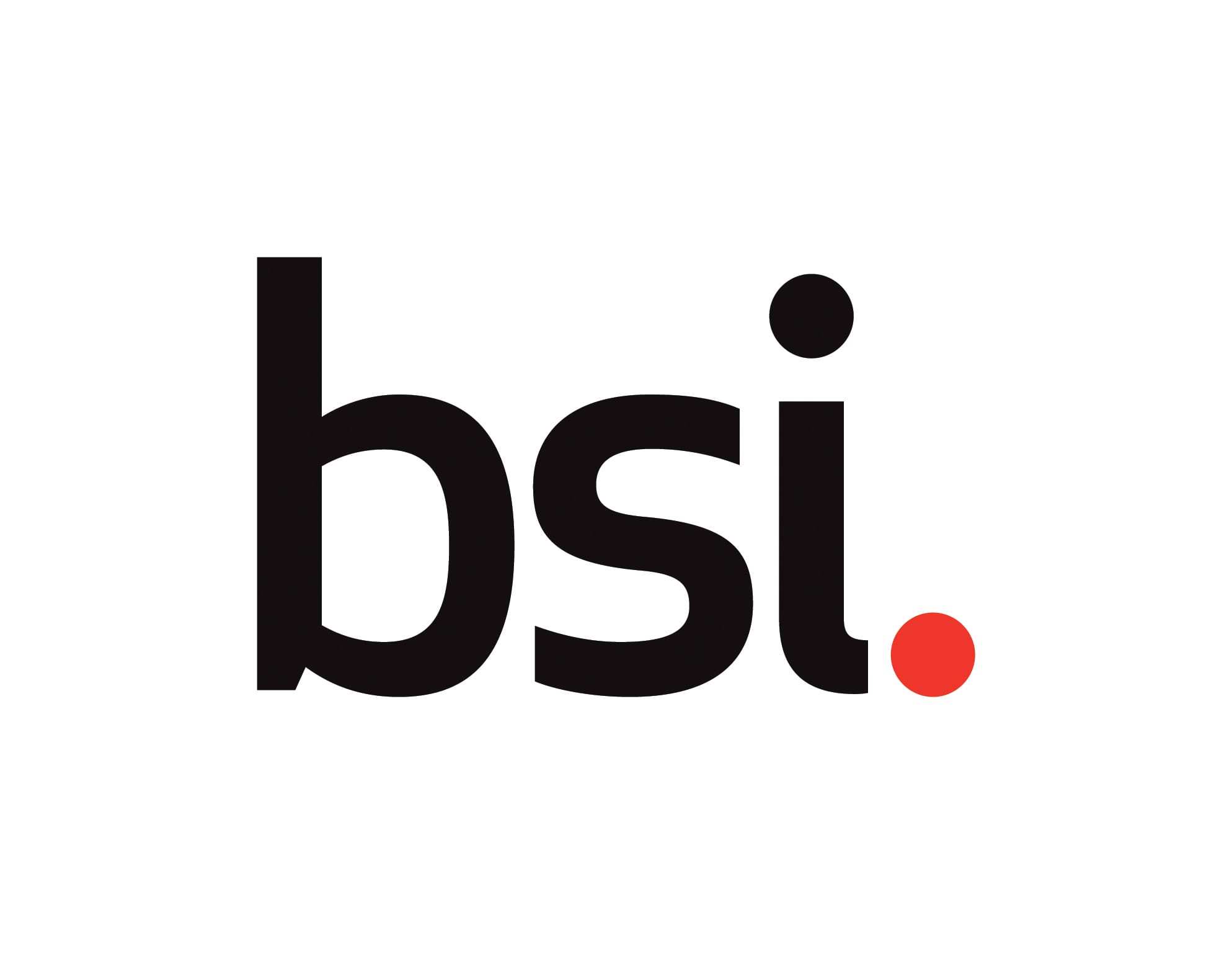This is the Sponsored paywall logged out

With the after-effects of the recent pandemic, which affected many people, financially consumers are now faced with quickly increasing fuel and food costs. Organisations need to consider how they are supporting customers in vulnerable situations and look to adapt their strategies in order to make changes to safeguarding those who are most vulnerable.
 Ofgem have announced that the Default Tariff Cap would rise by 54% and inflation is at its highest since March 1992.
Ofgem have announced that the Default Tariff Cap would rise by 54% and inflation is at its highest since March 1992.
The impact of the rising energy costs, food costs, tax increases etc are going to have the biggest impact on lower-income households and especially those with health conditions who are disabled and rely on expensive medical equipment. This will also have a significant impact on consumers mental health the National Office of Statistics discovered that 77% of British adults have reported feeling stressed as a result of the cost-of-living crisis.
Organizations like Citizens Advice have seen a considerable increase in the number of people approaching them for crisis support. Their recent dashboard https://wearecitizensadvice.org.uk/our-new-cost-of-living-dashboard-the-crisis-were-seeing-unfold-aac74fb98713 has identified that more people are hitting crisis point than in previous years and energy debt is the top issue consumers need help with.
Many organizations if not already, need to start thinking about simple practical solutions about how they can better keep consumers safe and support them in an accessible and inclusive way. Organisations that understand consumer vulnerability, and provide an inclusive and flexible approach, are better able to meet a diverse range of consumer needs. By understand their customers, acting responsibly to non-payment and having in place choice and flexibility of payments they will be able to help rather than harm consumers who are struggling.
ISO 22458 Consumer Vulnerability can help many organizations by providing a framework and toolkit on how to provide an inclusive and flexible approach making it easier for consumers to access the help and support they need.
As we move into the colder month’s consumers are going to find it even more difficult to manage their energy bills, buy essential food items and may even find it difficult to pay their mortgage.
Organizations should be considering conducting gap analysis to identify where they are now and what more they can do to help those who are already vulnerable. They should also be considering those who were not necessarily considered vulnerable but who may become so as the cost-of-living crisis continues.





Please login or Register to leave a comment.